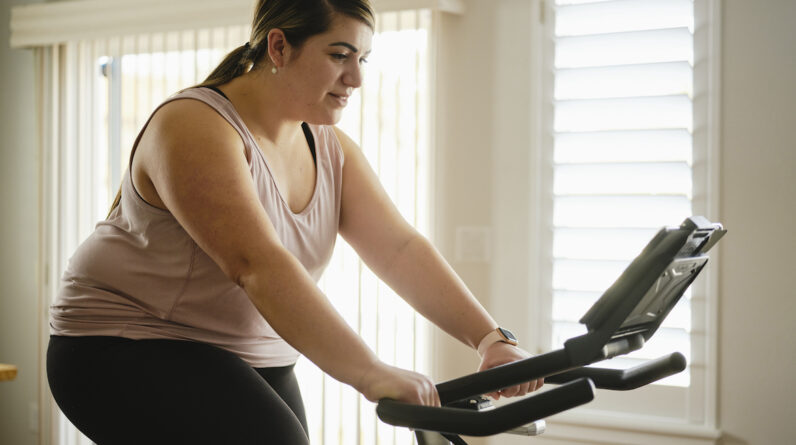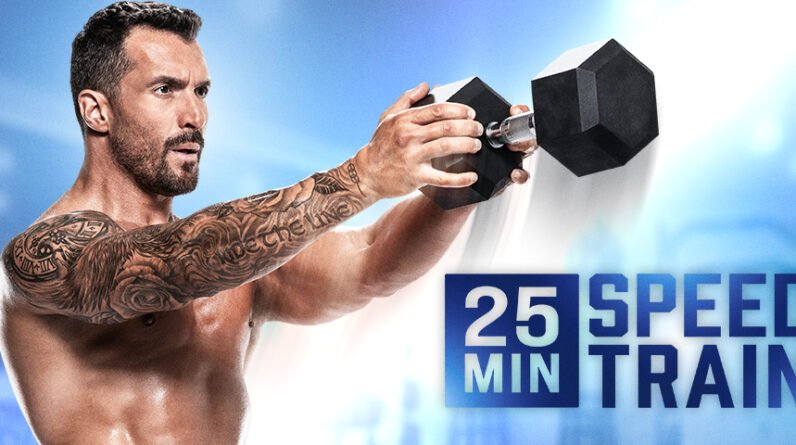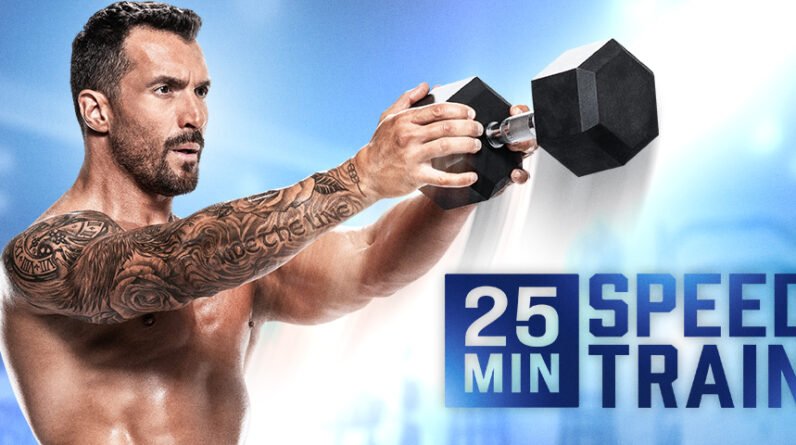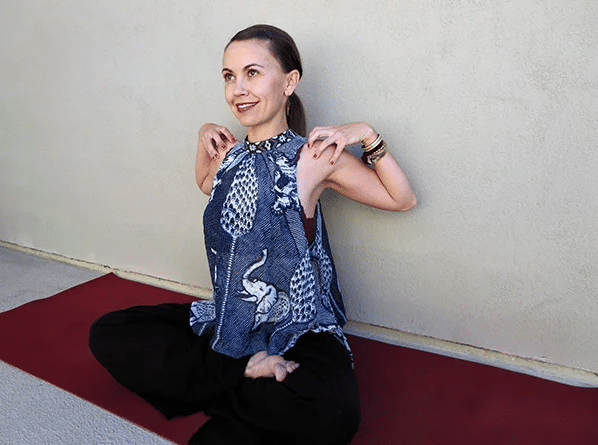
I couldn’t imagine ever being able to do it without injuring myself. And I worried I’d spend the entire time wondering what everyone would be thinking of me. What if I couldn’t keep up? What if my body wouldn’t move the same way as everyone else’s?
Of course, I knew this was just my anxiety getting the best of me. So when I recently moved into an apartment complex that has a room with several Peloton bikes, I decided it was time: I was no longer going to let scary hypotheticals stop me from trying something that seems like a great form of exercise.
To ease my nerves, I decided to talk to someone with real expertise on the matter: Peloton instructor Kendall Toole. We chatted about indoor cycling for beginners, and in the course of our conversation, she laid several of my biggest queries to rest with these five great pieces of advice.
1. Understand that all of us have to start somewhere
Remember that, as with anything in life, even the most advanced pro was a newbie at some point. “We all had to start at the beginning,” says Toole. She points out that Peloton has “multiple classes that are labeled ‘For Beginners’ or titled ‘Advanced Beginner,’ so we can progress with you as you go.”
I’m into this idea: Starting with beginner classes will teach you about the kinds of workouts and programs that are recommended to stay safe, and will keep you from doing too much too fast—or incorrectly. Riding alongside other people (even virtually) near the same skill level also seems less intimidating to me. I won’t be the only one potentially looking awkward as I get used to the bike.
“Start small,” suggests Toole. From there, she says, you can build your way up to the more intense HITT classes.
2. Focus on your own progress
I know from experience that it can be difficult not to compare yourself to everyone around you. But, says Toole, remember that all of us are on our own unique journey, no matter what we look like or how skilled we are. If you find yourself caught up in a competitive mindset, an at-home bike like Peloton might feel more manageable than joining an in-person class.
“Don’t focus on where you fall on the leaderboard because everyone is at a different point on their journey,” says Toole. “What is important is discovering your own strength. What is important is that you are proud of the fact that you can add one more point of resistance on the ride after you have been practicing for a couple of weeks, or feel more comfortable on the bike.”
3. Ignore the negative voices in your head
I was still afraid my insecurities might keep me from getting the most out of class. Yet even Toole admits to sometimes getting bombarded by critical inner thoughts. “But I remind myself that I don’t have to believe that voice,” says Toole. “That voice is at the background of what my brain thinks and what my brain does, but it’s not my truth and I can either choose to accept it or choose to say no, we’re not listening to you today. We’re proud of what we’re doing.”
4. Honor where your body’s at
Exercise is supposed to feel empowering, not uncomfortable or painful. Toole recommends always listening to the instructor—and to your body: “If something feels weird, odds are it probably isn’t something you should be doing,” she says. “You know your body. Trust your instincts. If something feels wrong, it is.”
Toole helped convince me that making modifications doesn’t mean I’m weak or “less than.” If I have to cycle at a slower speed or use less resistance, I’m simply be honoring my body and treating it with respect.
5. Celebrate the little wins
Don’t underestimate what you accomplish when you’re just starting out. Even just getting to class, or pushing farther than you did the day before is something to acknowledge. “It doesn’t have to be a huge moment to be celebrated,” said Toole. “It’s those little wins every single day that actually create that source of empowerment.”
Once you get into a groove, you can unwind from all that cycling with this dedicated yoga flow:







